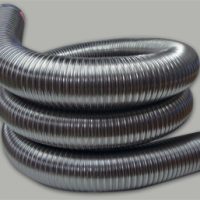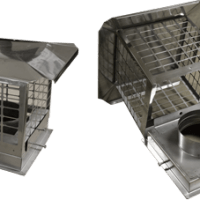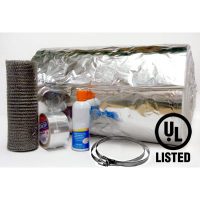Should a gas furnace chimney be cleaned?
Yes! A gas furnace chimney should be cleaned on an annual basis. The general public has been educated on the fact that gas is a clean burning fuel. Although this is correct you should never use it as a reason not to clean you furnace flue.
What are the different types of gas?
There are two types of gas. LP, also known as liquid propane or bottled gas and natural gas.
Natural gas is primarily made up of methane but is also made up of ethane, butane, propane, carbon dioxide, nitrogen, helium and hydrogen sulfide. It is referred to simply as gas.
Before natural gas can be used as a fuel, it must go through extensive processing to remove almost all materials other than methane. The by product of that process will be propane.
Propane is a gas which is compressed to a liquid that is transportable. It is the by product of oil and natural gas. When sold as a fuel, it is known as liquefied petroleum gas or LPG. It is heavier than air.
Propane has no smell, so the agent used to detect it is called ethanethiol. This is used just in case of a leak and will be easily detected by smell. The mixture is made up of smaller amounts of propylene, butane, butylene.
Gas heating appliances, regardless if it is a boiler, hot water heater, gas furnace either LP or natural gas, will usually vent out of a chimney. These products don’t create a large amount of soot or creosote like wood will but they do cause a corrosive substance. This substance will form due to the acids and will deteriorate the chimney liner, brick and mortar.
One of the main reasons this happens is because gas is a liquid. The moisture that it creates burns and starts to condense inside the flue. This usually happens when the chimney is cool. To prevent this acidic moisture from deteriorating your chimney, install a stainless steel chimney liner.
Over time, the chimney will flake and crumble, leaving the homeowner with the possibility of carbon monoxide and other by products seeping into the home.






